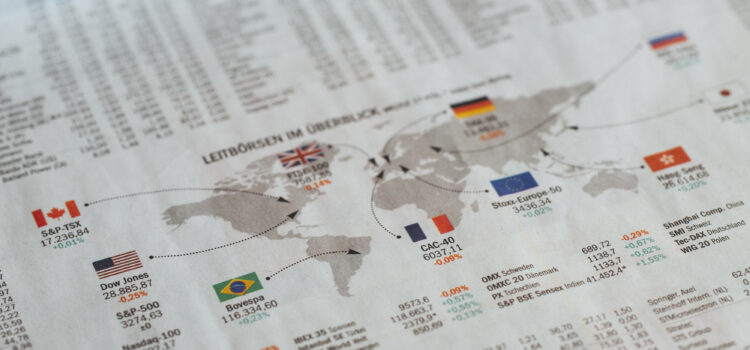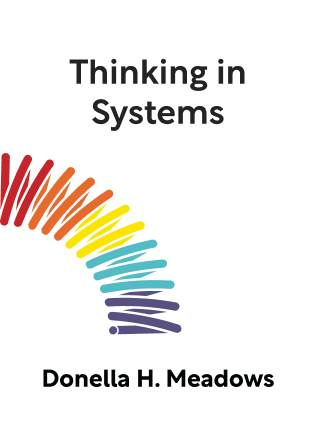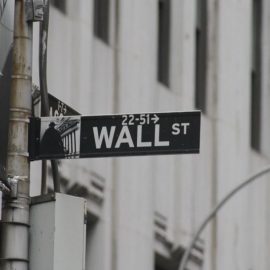

This article is an excerpt from the Shortform summary of "Thinking in Systems" by Donella H. Meadows. Shortform has the world's best summaries of books you should be reading.
Like this article? Sign up for a free trial here .
What is an economic system? Why is an economic system necessary?
An economic system is a system that applies specifically to the economy. There are many types of economic systems, but these complex systems are necessary for success.
Answer the question “what is an economic system” by reading about how these systems work and why we need them.
What is an Economic System?
So what is an economic system? While economies do seem to run on their own most of the time, In reality, economic systems are much more complex.
- A single stock may not just have an inflow and outflow, but really have multiple flows in and out, as well as multiple balancing and reinforcing loops working in opposite directions.
- A single flow may affect dozens of stocks.
- Feedback loops affect each other, reinforcing each other or balancing each other.
For example, the world population has an inflow representing birth rate, but birth rate is influenced by a vast number of inputs, such as the overall economy, healthcare, and politics, which are themselves complex systems.
In this chapter, we’ll take what we’ve learned and build up to more complicated systems, which are simplistic models of real-world systems. The author calls this collection of systems a “zoo,” which is an appropriate metaphor. Like in a zoo, these animals are removed from their natural complex ecosystem and put in an artificially simplistic environment for observation. But they give a hint of patterns in the real world and yield surprisingly insightful lessons.
The System of the Economy
The economy works similarly to the world population, in that it fits the same system model of a stock, one reinforcing loop, and one balancing loop. Loops are important part of the question “what is an economic system?”
- The stock is capital. These are assets that do useful work, such as factories, machines, and labor.
- The reinforcing loop is reinvestment. The excess output that is produced can be reinvested into producing more capital stock, which in turn increases output.
- The balancing loop is depreciation, or the decrease in the usefulness of the capital stock. This includes machines breaking down and labor skills becoming obsolete.
As with the world population, the strength of the two loops determines the behavior of the system. If reinvestment is stronger than depreciation, the capital stock will rise. Otherwise, the capital stock will fall, and the economy will decline.
And, again, changing the circumstances can change the strengths of the loops. New technology that reduces the breakdown of industrial machines decreases depreciation. Inversely, political actions that reduce reinvestment can weaken an economy. This can help you understand the answer to the question “what is an economic system?”
You can see how two systems that look very superficially different actually behave similarly. This is the type of insight that systems thinking yields.
And of course, the population and economy are inextricably intertwined. People contribute labor to the economy and they consume within it; likewise, the economy affects the population’s birth rates and death rates. Systems can get complicated very quickly.
So what is an economic system? The answer is complicated, but understanding systems can help.

———End of Preview———
Like what you just read? Read the rest of the world's best summary of Donella H. Meadows's "Thinking in Systems" at Shortform .
Here's what you'll find in our full Thinking in Systems summary :
- How the world, from bathtub faucets to fish populations, can be seen as simple systems
- The key system traps that hold back progress, such as escalating arms races and policy addiction
- Why seeing the world as systems can give you superpowers in work and life






